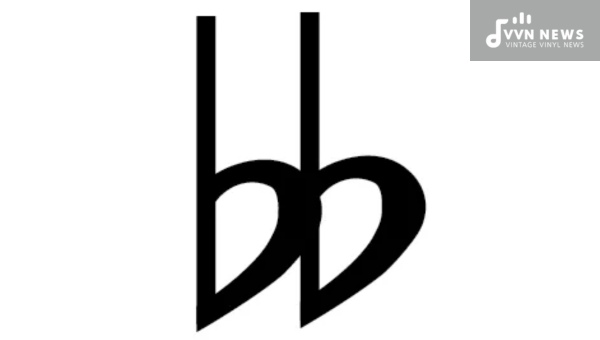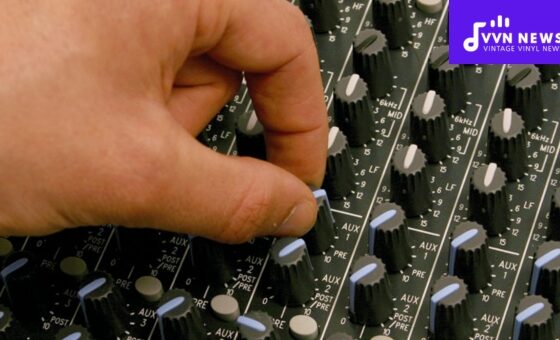As a musician or someone who’s simply fascinated by the complexity and beauty of music theory, you’ve likely come across various symbols that make up the written language of music.
Among these symbols, the double flat sign in music might have piqued your interest.
This rather unique notation can seem like a cryptic message from a composer to a performer — an enigma inviting you to discover more about its purpose and use in compositions.
It’s one of those musical nuances that allow composers to convey depth and emotion, giving performers the tools to bring a piece to life in just the way it was intended.
Let me shed some light on this significant yet often overlooked aspect of musical notation, ensuring that you get a clear picture of what it signifies and how it fits into the broader context of music theory.
What is the Double Flat Sign in Music?
The double flat sign (????) is a musical notation that indicates a note should be lowered by two half-steps (also known as semitones).
This symbol resembles two flats placed side by side. When you encounter this symbol, it’s essential to adjust the pitch accordingly.
For instance, if you see a “B double flat” (B????), this means to play an “A natural,” since A is two half-steps below B.
It’s crucial in compositions that require nuanced pitch alterations beyond the scope of a single flat for harmonic and melodic purposes.
How Does the Double Flat Sign Function?
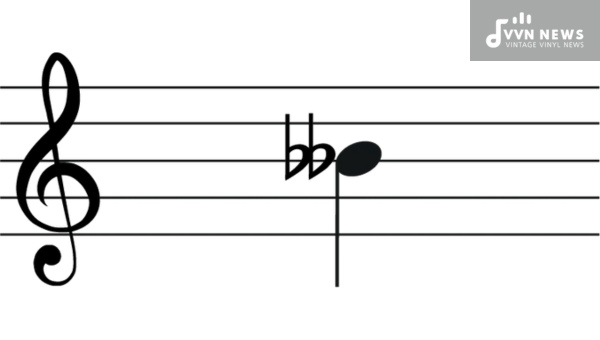
Delving into the mechanics of the double flat sign, I’ll outline its practical uses within musical notation:
- Lowers a Note by Two Half Steps: Unlike a single flat, which reduces a note’s pitch by one half step (semitone), a double flat diminishes it by two half steps (a whole step). This adjustment is integral for certain scales and chords where a single half step just won’t suffice.
- Enriches Harmonic Complexity: By employing double flats, composers can craft chords with tension and resolution that might not be possible using only natural or singly flatted notes. It introduces an additional layer of harmonic depth to pieces.
- Facilitates Chromatic Movement: In passages with chromatic descending lines, the double flat allows for smooth transitions between notes without altering the established key signature more than necessary.
- Ensures Theoretical Accuracy: Musical notation strives for clarity and precision. When it comes to maintaining the proper representation of intervals and chord structures within a piece, utilizing double flats ensures that performers and theorists alike can decipher the precise intentions behind a score’s construction.
Double flat usage might initially seem daunting. However, once you become accustomed to reading this symbol in sheet music, it becomes as natural as encountering any other accidental.
Whether playing advanced jazz arrangements or diving into late Romantic orchestral works, you’ll appreciate how this potent little sign can open up new sonic dimensions in music.
Also Read: B Flat Minor Pentatonic Scale [Create Emotive Music In Minutes]
Integrating Double Flats into Key Signatures
When a double flat sign is implemented into a key signature, it alters the pitch of specific notes throughout an entire piece unless specifically nullified by a natural or sharp sign.
In essence, a double flat lowers a note by two half-steps or one whole step, effectively changing the tonality and color of the music.
Key signatures with double flats are far less common than those with single flats, yet they do appear in works that require complex harmonic structures or modulations.
For instance, if you encounter a key signature with a B double flat, every B in the piece should be played as an A unless otherwise instructed.
It’s important to note that composers generally try to avoid such complexities for ease of reading.
When delving into keys with numerous flats, it might become unavoidable.
Double flats primarily come into play when the music transits into more unconventional territories that standard key signatures cannot accommodate.
Remember that each double flat affects only the specific note it’s associated with across all octaves on your instrument.
Whether you’re sight-reading a classical sonata or exploring jazz improvisation, awareness of how double flats blend into key signatures will enhance your interpretive skills and overall musicianship.
Double Accidentals and Enharmonic Equivalents
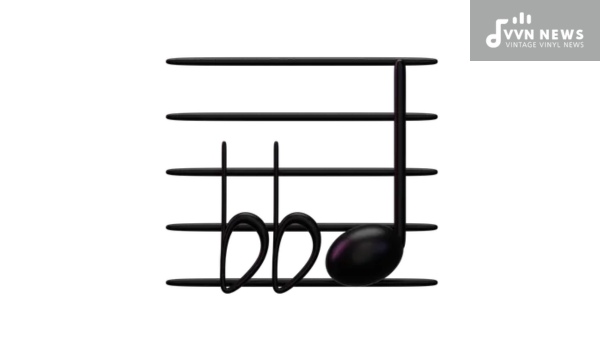
Accidental symbols in music such as sharps (#), flats (b), and natural signs (♮) inform the performer to alter the pitch of a note.
A double flat, represented by two flat symbols beside each other (????), further lowers a note by a whole step.
This concept of altering pitches often leads us to encounter double accidentals.
Enharmonic equivalents are two notes that sound the same but are named differently.
For instance, “G double flat” is enharmonically equivalent to “F natural,” as they sound identical on a piano but serve distinct theoretical purposes.
Let’s consider the use of these notations in various musical contexts:
- Complex Harmonies: Composers utilize double flats for keeping consistency within certain scales or chord structures, favoring readability.
- Chromatic Movements: When moving chromatically within a piece, using double accidentals minimizes confusion, as it indicates the intended direction and distance of pitch change.
Canceling a double flat requires a natural sign followed by an additional flat sign (♮????) or simply using the corresponding enharmonically equivalent note name if contextually appropriate.
When choosing between a double sharp and a double flat for an enharmonic equivalent, composers consider which notation offers clarity within the given key or harmonic structure of the piece.
Also Read: A Flat Minor Pentatonic Scale [Unleash Subtle Tension In Your Music]
How to Effectively Cancel a Double Flat Sign
Removing the influence of a double flat in music requires clear notation. Otherwise, performers might be perplexed by the composer’s intentions. Here’s what you need to know:
- Natural Sign Usage: A natural sign (♮) before a note neutralizes the double flat effect.
- Place it directly in front of the note that was previously marked with a double flat.
- Ensures the note is played at its original pitch.
- Courtesy Accidentals: Sometimes, for clarity, composers add a parenthetical natural sign known as a courtesy accidental.
- This isn’t strictly necessary but reinforces the cancelation.
- Subsequent Measures: If a double flat is canceled at the end of a measure, it doesn’t carry over to the next measure.
- No further action is needed unless the composer desires to reintroduce the double flat.
Keep these points at your fingertips when navigating scores with complex alterations and ensure flawless execution of every piece you play or compose.
Choosing Between Double Sharp and Double Flat
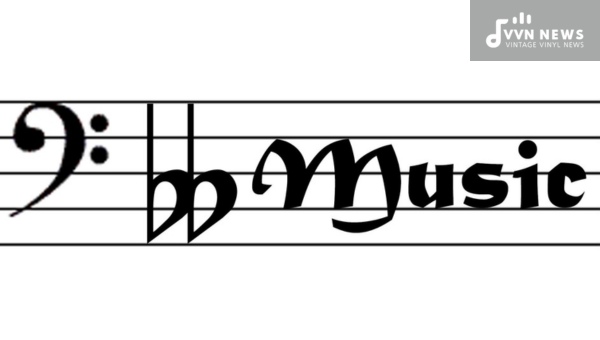
Music, with its intricate tapestry of sound, employs a variety of notations to guide performers through a melody.
Among these, double sharps and double flats might seem puzzling. Here’s how they differ:
- Purpose in Pitch Alteration: A double sharp, denoted by an “x,” raises a note by two semitones or one whole tone. Conversely, a double flat reduces a note’s pitch by the same amount.
- Contextual Utilization: Composers opt for double flats when a piece is in a flat key and further flattening is required. In sharp keys, where notes must be raised even higher, double sharps are used.
- Notation Placement: The position of these accidentals directly precedes the note they modify. Despite their distinct functions, both are placed similarly on the staff.
- Visual Distinction: Appearance-wise, a double sharp resembles two crossed lines (similar to “x”), while the double flat sign is an amalgamation of two flat symbols.
- Enharmonic Equivalents: Choices between these accidentals often involve enharmonic equivalents—notes that sound alike but are written differently (G♭ vs F#, for example). The selection hinges on which version simplifies reading and aligns with the piece’s overall harmonic structure.
Remembering these differences can dramatically enhance your interpretation and performance of complex musical pieces.
The key lies not just in recognizing each symbol but also in appreciating how they subtly contribute to music’s depth.
Also Read: G Flat Minor Pentatonic Scale [Interesting Tones For Your Music]
Practical Applications of the Double Flat Sign in Music
When you encounter a double flat (????) before a note, it indicates that the note should be played two semitones lower than its natural pitch.
Modulating to Distant Keys
Composers who wish to modulate to distant keys often employ double flats.
For example, a piece starting in C major might shift towards G♭ major—the enharmonic equivalent of F♯ major. Here, the C turns into a C???? to fit within the new tonal landscape.
Balancing Chords
Chord progressions sometimes demand alterations for balance and consonance.
Take a predominant chord like the Neapolitan sixth; in the key of E minor, this chord includes an A???? which adds an exotic flavor and prepares for a compelling resolution.
Creating Melodic Lines
In intricate melodic phrases where chromatic lines weave above and below a particular pitch, you may pivot around a B by using both B♭ and B???? at different points. This helps in maintaining smooth voice leading.
Navigating Harmonic Complexity
Pieces with complex harmonies, such as those found in late Romantic or contemporary classical music, may require double flats to theoretically justify certain chords or transitions without departing from the guidelines set by musical notation standards.
It’s essential to recognize how symbols like the double flat expand musical expression.
They are not merely instructions but summonings for deeper engagement with dynamic soundscapes.
Also Read: E Flat Minor Blues Scale [Infuse Your Tunes With Moody Blues]
FAQs About the Double Flat Sign in Music
What exactly does a double flat do to a note?
A double flat lowers a note by two semitones, effectively reducing its pitch by a whole step.
Can any note be double flatted?
Yes, any musical note can have a double flat applied, although it’s more common in certain keys and compositions.
Is it possible to have a double flat in key signatures?
While rare, key signatures can include double flats, particularly in pieces with complex harmonies or those written in theoretical keys.
How do you cancel out a double flat?
To negate a double flat, you would use a natural sign (♮) followed by a single flat (♭) if the intention is to return to just one flat.
What’s the difference between B???? and A natural?
B???? and A natural sound the same; this is an example of enharmonic equivalence, where two differently notated notes share the same pitch.
Conclusion
Mastering the concept of the double flat sign in music is pivotal for any musician.
Not only does it expand your understanding of musical notation, but it also enhances your ability to interpret and perform complex pieces.
Embrace this symbol as a tool for precise expression and remember, always approach it with an open mind — as with all elements of music theory, practice remains key to fluency.
